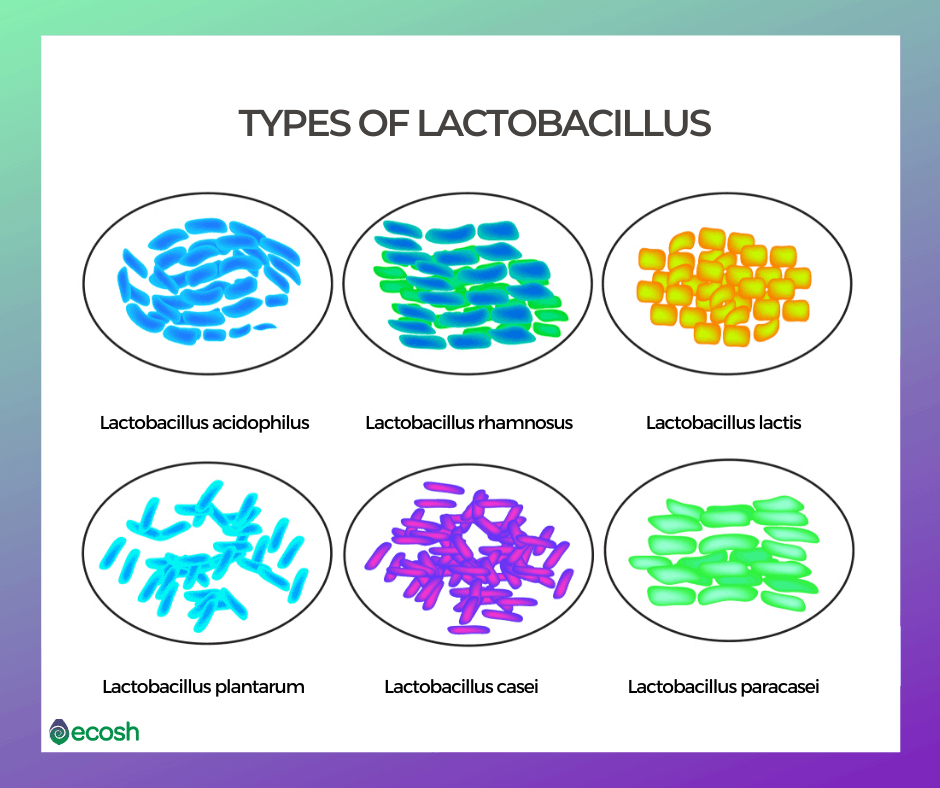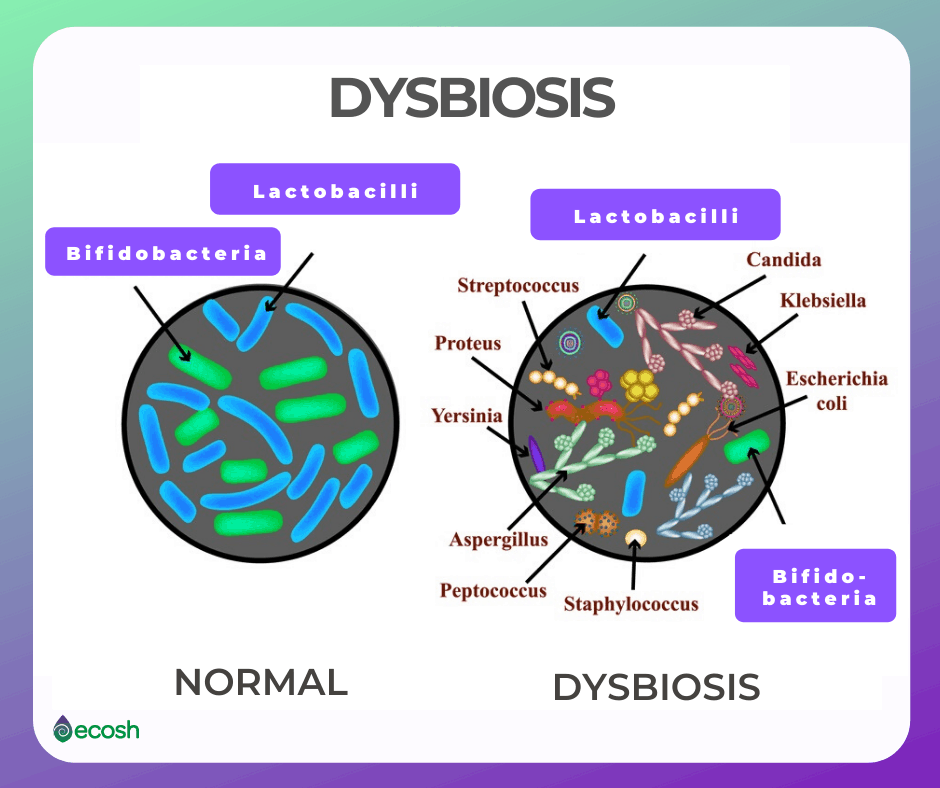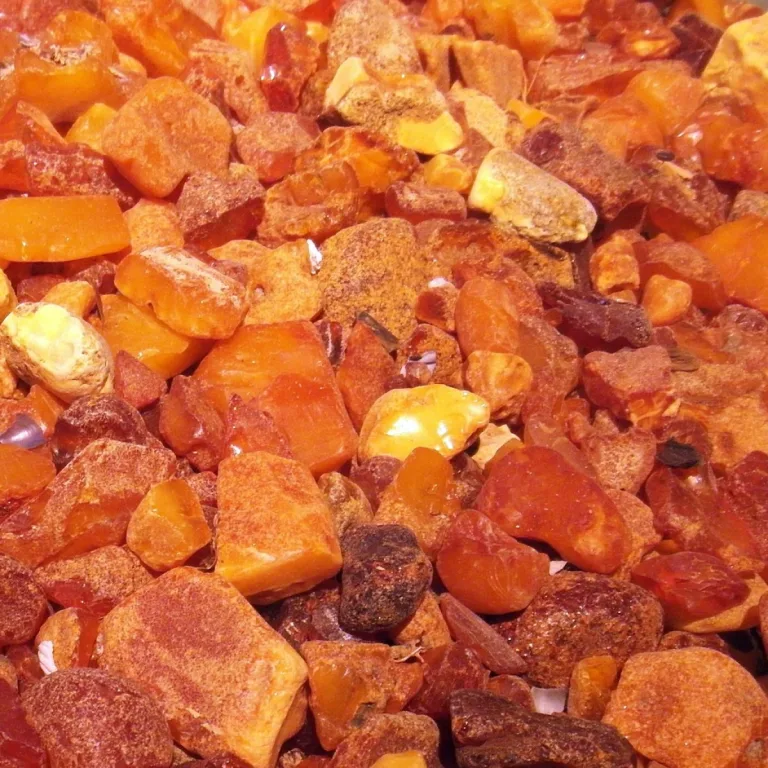Good bacteria, also called probiotics, are live bacteria and yeasts that are good for you, especially for your digestive system. Therefore, in the case of various digestive problems, people are advised to buy good bacteria i.e. probiotics to improve the work of the gut or intestines, and to avoid dysbiosis.
However, each probiotic can have different effects on your body. We read the names of bacteria with different foreign titles on the packaging, which often tells us nothing.
There is extremely little information about the different species (also called types and strains) of good bacteria, and because you should not grope in the dark, we bring you the results of research on the effects of the most studied and well-known bacterial species of good bacteria and their effects on the human body.
So, what are the species and benefits of these good bacteria and how do probiotics differ?
Strains of lactic acid bacteria are the most common microbes engaged as probiotics, especially Lactobacillus and Bifidobacterium species, but lactococci, some enterococci and some streptococci are also included as probiotics.
Bifidobacterium isn’t included within the common Lactic Acid Bacteria thanks to its genetic insignificance, but the bacterium features a habitat that overlays with LAB (lactic acid bacteria), and it has a metabolism that makes lactic acid.
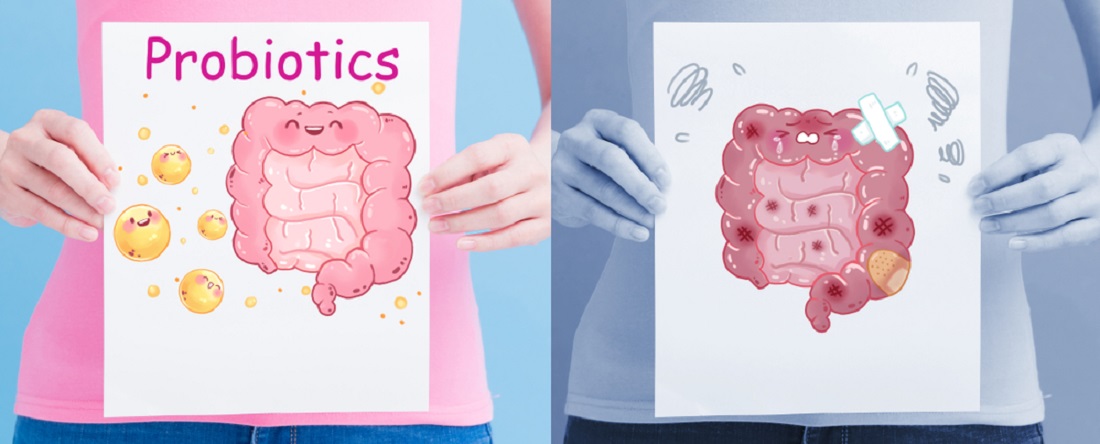
These two types of good bacteria Lactobacillus and Bifidobacterium in turn divide into different species:
- Lactobacillus species – Of the more than 100 Lactobacillus species, the following are commonly used probiotics: Lactobacillus acidophilus, Lactobacillus fermentum, Lactobacillus plantarum, Lactobacillus rhamnosus, Lactobacillus paracasei, Lactobacillus gasseri, Lactobacillus reuteri, Lactobacillus salivarius, Lactobacillus helveticus
- Bifidobacterial species – Among 30 species, those recognized as probiotics include:
Bifidobacterium bifidum, Bifidobacterium longum, Bifidobacterium infantis, Bifidobacterium lactis, Bifidobacterium breve, Bifidobacterium adolescentis. - Streptococcus thermophilus

Types of Good Bacteria (Probiotics) – Lactobacillus (Lactic Acid bacteria) Species
The most important and predominant good bacteria that live mainly in the human small intestine are lactic bacteria (Lactobacillus). Lactobacillus is a family of Gram-positive, facultative anaerobic, rod-shaped bacteria. This group of lactic acid bacteria is responsible for the production of lactase.
Lactase is an enzyme that breaks down carbohydrates such as lactose (milk sugar) and other sugars into lactic acid. Similarly, lactic acid helps to create an acidic environment in the gastrointestinal tract, which inhibits the development of many unwanted microorganisms.
In addition, lactic acid increases the absorption of minerals such as calcium, copper, magnesium and iron. Lactic bacteria are most abundant in sour milk products such as sour milk, yogurt and preservative-free kefir, which is recommended to consume regularly one glass a day.
These good bacteria protect the body from allergic reactions, ensure timely bowel movements, prevent dysbiosis, relieve constipation, treat diarrhea, help the body develop elements of the immune system and play an important role in creating a favorable environment for bifidobacteria to multiply.
Even more, lactic bacteria (Lactobacillus) can inhibit the growth of cancer cells in the colon and mammary glands by preventing the body from being contaminated with pathogenic flora.
What does Gram-Positive Mean? Gram-positive bacteria, unlike Gram-negative bacteria retain the color of the crystal violet stain in the Gram stain.
10 Lactobacillus Species
1. Lactobacillus acidophilus
Lactobacillus acidophilus is one of the most important strains of Lactobacillus in the group of lactic acid bacteria. This bacterium lives most often in the small intestine, where it helps maintain a healthy intestinal wall to ensure the necessary absorption of nutrients and function of the overall digestive system.
Acidophilus strain helps relieve indigestion. A controlled double-blind placebo trial showed that those patients who used the probiotic strain of acidophilus experienced significantly fewer symptoms of indigestion than those who received placebo.
One separate meta-analysis found, that probiotic food supplements containing an acidophilus strain help relieve diarrhea. The third study also found that food supplements containing both L. acidophilus and B. bifidum helped to reduce the harmful effects of antibiotics on the intestinal microflora. Research also shows that acidophilus helps to improve the activity of the immune system and support the health of women’s vaginal microflora.
Lactobacillus acidophilus benefits:
- Supports all digestive function
- Enhances absorption of nutrients
- Relieves abdominal cramps, gases and diarrhea
- Supports the health of the immune system and urinary tract
- Improves vaginal microflora in women
2. Lactobacillus fermentum
This lactic acid bacterial strain found in probiotic foods such as yeast and kimchi produces two powerful superoxides i.e. antioxidants such as dismutase and glutathione, which help neutralize digestive toxins in the gut. It has also been observed, that L. fermentum can secrete foodborne pathogens.
Lactobacillus fermentum benefits:
- Supports overall digestion
- Boosts immunity
- Helps to eliminate toxins

3. Lactobacillus plantarum
L. plantarum is known for its ability to produce hydrogen peroxide. The body uses hydrogen peroxide as a line of defense against bacteria in food, as well as other microorganisms. Studies have also found that this strain helps effectively support immune function in healthy adults.
Lactobacillus plantarum benefits:
- Supports the whole digestive process
- Boosts the immune system
4. Lactobacillus rhamnosus
L. rhamnosus is one of the most studied strains of lactic bacteria in the world, and to date its beneficial properties have been proven in more than 260 clinical trials. The most important feature of this strain is the strengthening of the human immune system, which helps to prevent respiratory diseases (cough, runny nose, asthma, etc.), the risk of dental caries, prevent gastrointestinal infections and promote faster recovery from gastrointestinal infections.
Likewise, L. rhamnosus reduces the risk of developing allergic diseases and promotes faster relief of already severe atopic dermatitis. Above all, this probiotic strain is known for its great ability to survive through the gastrointestinal tract and is considered the best aid in supporting women’s vaginal health among lactobacilli.
Even more, the study concluded that L. rhamnosus also helps to improve vaginal and urinary tract health and reduce vaginal irritability. Rhamnosus is also one of the best bacterial strains to take with you on a vacation. U.S. studies showed that those living in New York who consumed the L. rhamnosus strain when traveling to developing countries had a diarrhea incidence rate of 3.9%, compared with those who did not, and who had a rate of 7.4%.
Lactobacillus rhamnosus benefits:
- Affects the human ability to protect against diseases and strengthens the immune system
- Prevents respiratory diseases (cough, runny nose, asthma, etc.) and the risk of dental caries
- Reduces the risk of allergic diseases
- Helps prevent gastrointestinal infections (eg diarrhea when traveling to developing countries)
- Reduces the side effects of antibiotic and chemotherapy treatment, and helps with IBS (irritable bowel syndrome)
- Improves women’s vaginal health
5. Lactobacillus paracasei
Lactobacillus paracasei is a strong strain living mainly in the small intestine. This probiotic strain of paracasei has a unique ability to support liver function and lower urine pH.
Lactobacillus paracasei benefits:
- Supports liver health
- Lowers urine pH
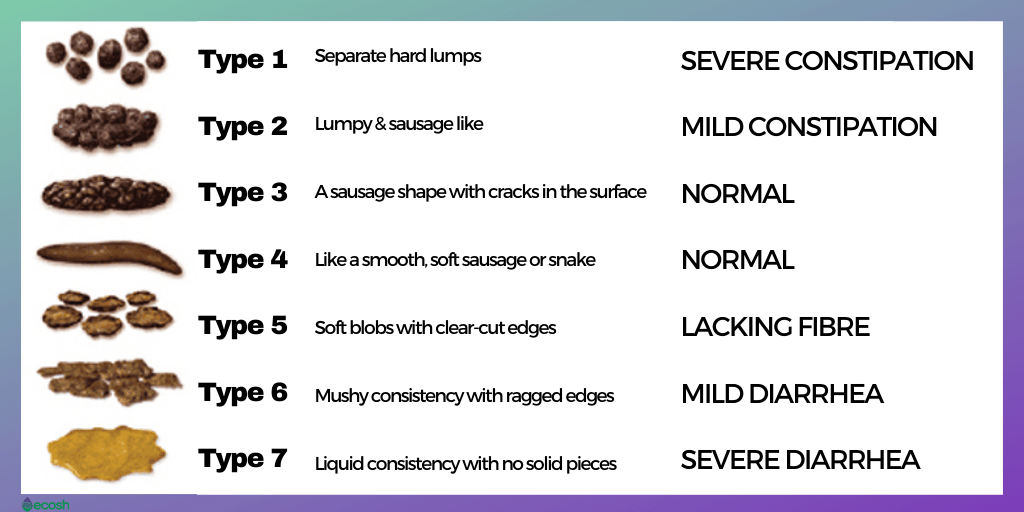
6. Lactobacillus gasseri
L gasseri is a relatively new bacterium among probiotic strain species. This lactic acid bacteria is predominantly associated with the vaginal microflora.
Women who experience vaginal discomfort usually have lower levels of L. gasseri bacteria than women with healthy vaginal microflora. L. gasseri also supports gastrointestinal health. Studies show that the dietary supplements with the combination of L. gasseri and B. longum help adults to relieve diarrhea.
Lactobacillus gasseri benefits:
7. Lactobacillus reuteri
L. reuteri bacteria are located in both, in the intestines and the oral cavity. Studies in humans have shown that the bacterium L. reuteri supports the health of the gastrointestinal tract, oral microflora and immune system.
Lactobacillus reuteri benefits:
- Supports the health of the gastrointestinal tract
- Improves oral microflora
- Strengthens immune system
8. Lactobacillus salivarius
L. salivarius is a somewhat unique bacteria because it is able to grow in poorer conditions than other lactic acid bacteria, including high-salt environments, and with or without oxygen.
L. salivarius is known for 3 characteristics: it improves digestion, strengthens immunity and improves dental health. In all people, Lactobacillus salivarius is found in the large intestine, small intestine, vagina and mouth.
Even more, to keep the human body healthy and functional, L. salivarius itself produces the necessary antibiotics. These antibiotics are specifically directed against the invasion of pathogenic bacteria that can cause dysbiosis and other health conditions.
L. salivarius also produces lactic acid, which creates an environment unsuitable for bad bacteria and an ideal environment for the necessary lactic acid bacteria.
Compared to other strains of probiotics, L. salivarius grows very rapidly. As a result, it quickly displaces bad bacteria. Salivarius has been found to be an excellent aid in protein digestion. It is a very resistant bacteria that is important for the health of all of us.
Lactobacillus salivarius benefits:
- Helps to inhibit yeast infections, for example candida
- Reduces gingivitis
- Prevents strep throat (caused by S. Pyogenes)
- Helps to reduce mastitis (inflammation of the breast), ulcerative colitis and irritable bowel syndrome (IBS)
- Inhibits pathogenic bacteria such as E. coli and Salmonella spp.
Side effects of Lactobacillus salivarius are usually mild, such as a mild rash or temporary indigestion.

9. Lactobacillus helveticus
In the case of the Lactobacillus helveticus strain, it is a very interesting fact that it can lower blood pressure. This strain is widely used in cheese production in Switzerland.
Lactobacillus helveticus benefits:
- Lowers blood pressure
- Improves the quality and duration of sleep
- Increases the amount of calcium in the blood
- Normalizes PTH levels (associated with bone loss)
- Balances microflora colonization
- Helps ACE inhibitor production
- Supports the health of the immune system, intestines, mouth, throat and paranasal sinuses
10. Lactobacillus bulgaricus
The bacteria L. Bulgaricus was one of the first probiotic strains in history that was studied. Ilya Mechnikov, a Russian Nobel laureate, first isolated the Lactobacillus bulgaricus strain from fermented sour milk in 1882 when he discovered that the longevity of the Balkan people was due to eating fermented foods (fermented sour milk, kefir, sauerkraut, etc.).
L. Bulgaricus is a great help for those who are lactose intolerant and do not have an enzyme in the digestive system that helps break down lactose into easier sugar.
One random double-blind, placebo-controlled trial showed that consumption of beverages containing a probiotic complex such as L. casei, L. bulgaricus, and S. thermophilus reduced the incidence of Clostridium difficile, which is a diarrhea associated with side effects in antibiotic treatment.
It has been found that using such a combination of probiotics over the age of 50 would help reduce mortality and save on health care costs.
In addition, in the 1960s and 1970s, Russian scientists with Dr. Ivan Bogdanov conducted extensive research in the field of L. bulgaricus. They published a complete list of the benefits of the probiotic strains of L. bulgaricus, which are listed below.
Lactobacillus bulgaricus benefits:
- Lowers blood levels of triglycerides and total cholesterol
- Boosts immune system and fights viruses
- Reduces leaking bowel symptoms, diarrhea and nausea
- Improves the digestion of dairy products (lactose)
- Reduces inflammation
- Improves the symptoms of IBS (irritable bowel syndrome)
- Reduces tooth decay
- Manages HIV symptoms
- Fights dyspepsia. Functional dyspepsia is a persistent or episodic indigestion that originates in the upper gastrointestinal tract and shows no signs of an organic disease (eg, ulcer, tumor).
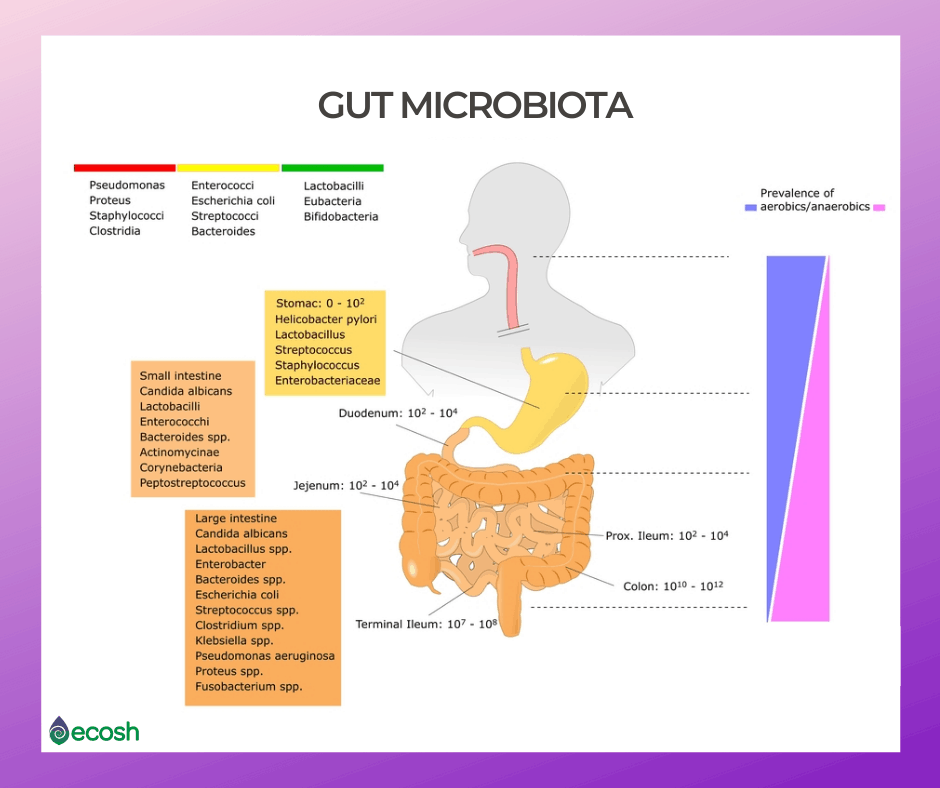
Types of Good Bacteria (Probiotics) – Bifidobacteria (Bifidobacterium) Species
Bifidobacteria are a family of Gram-positive, anaerobic branched rod-shaped bacteria. Billions of bifidobacteria, located mainly in the walls of the colon help prevent the spread of harmful bacteria and other pathogenic microorganisms, including yeast, and their occupation in the intestinal wall.
Bifidobacteria is the largest group of bacteria in the intestines of infants, in adults bifidobacteria are in the 3 or 4 place, and their proportion decreases further with age.
Like lactic bacteria, bifidobacteria also produce lactic acid and acetic acid, which provide up to 70 percent of the energy needed for intestinal wall cells to increase the natural protective barrier in the gut.
Lactic acid in the intestine helps to keep the pH of the colon acidic, thus inhibiting the growth of malignant bacteria and thereby promoting the growth of beneficial bacteria. Also it`s needed to help minerals such as calcium, copper, magnesium, iron and zinc to absorb into the blood.
Even more, Bifidobacteria break down lactose, synthesize amino acids and proteins, lower cholesterol, produce K and B complex vitamins, and help prevent food poisoning.
However, studies have shown that with age, stress and malnutrition, the number of bifidobacteria in the body begins to decrease. The most important strains of bifidobacteria are B. lactis, B. bifidum, B. longum, B. infantis, B. breve.

6. Bifidobacteria Species
1. Bifidobacterium bifidum
This probiotic strain is among the first to occupy the intestinal walls of infants and continues to do so throughout life as one of the major groups of bacteria in the entire colon microflora and in the small intestine.
By creating a balanced intestinal microflora, B. bifidum also helps to prevent the growth of unwanted bacteria, fungi and yeast by attaching to the intestinal mucosa better than strains of pathogenic bacteria. The role of the B. bifidum strain is also to help break down digestible carbohydrates, fats and proteins.
B. bifidum also produces corresponding enzymes that break down larger molecules into smaller particles so that the body can use them more efficiently. A double-blind human study meta-analysis found that B. bifidum is one such probiotic strain that is effective in relieving some types of diarrhea, such as travel related diarrhea.
Bifidobacterium bifidum benefits:
- Supports whole digestive function
- Helps to absorb nutrients
- Helps in case of random diarrhea, for example travel diarrhea.
2. Bifidobacterium longum
The B. longum strain is one of the most common bifidobacteria found in the gastrointestinal tract. Its effect on digestion is the ability to break down carbohydrates and neutralize toxins in the gut.
Preliminary studies have shown that the B. longum strain has antioxidant properties. For example, this bacteria can remove metallic minerals such as copper and corrosive free radicals from the body.
Even more, the studies showed that, after 20 weeks of taking the B. longum, there was an increase in immune parameters in the elderly. Therefore, it also has a supportive effect on the immune system.
Bifidobacterium longum benefits:
- Supports whole digestive function
- Has antioxidant properties
- Helps with detoxification
- Boosts immune system

3. Bifidobacterium infantis
Among other beneficial bacteria, this probiotic strain has the highest colony especially in babies. The amount of B. infantis decreases with age, but still it remains an important bacteria in our microflora. A dietary supplement with a strain of B. infantis has been shown to reduce bloating, constipation and bowel movement difficulties.
Bifidobacterium infantis benefits:
- Supports all digestive function
- Helps in case bloating
- Relieves constipation
4. Bifidobacterium lactis also called Bifidobacterium animalis
Bifidobacterium lactis, also called B. animalis is a very powerful and one of the most studied bacteria strains. Scientific studies have shown that B. lactis boosts immunity, fights tumors, improves digestion and can lower cholesterol.
B. lactis live in large numbers in the intestine and colon. In general, the function of B. lactis is to break down body residues and help the body absorb various vitamins and minerals. Bifidobacterium lactis is also widely used in the production of cheese, curd and butter.
Bifidobacterium lactis benefits:
- Decreases tumor activity
- Improves digestion
- Reduces intestinal leakage and lactose intolerance
- Improves IBS i.e. irritable bowel syndrome
- Normalizes bowel movements and reduces constipation
- Improves acute diarrhea
- Improves oral health
- Reduces the number of bacteria that cause cavities
- Fights tooth decay
- Strengthens the immune system
- Prevents and reduces common and serious respiratory diseases
- Strengthens the immune response to vaccination
- Increases the immunity of the elderly
- Inhibits Helicobacter pylori, which causes stomach and duodenal ulcers
- Increases T cell activity as needed (killer T cells, cytotoxic T cells)
- Reduces inflammatory reactions
- Treats cold and flu
- Reduces allergies and inflammation
- Reduces the symptoms and sensitivity of atopic dermatitis (inflammation of the skin)
- Helps in case diabetes, because raises blood glucose control
- Improves cholesterol levels
- Lowers total cholesterol
- Increases HDL Cholesterol (HDL Cholesterol or High Density Lipoprotein), which is a group of lipids (fats) that are responsible for transporting cholesterol back from the tissues to the liver. This is called “good cholesterol” because HDL cholesterol helps remove excess cholesterol from the blood and thereby reduce the development of atherosclerosis. Above all, the higher the HDL cholesterol level, the lower the risk of developing coronary heart disease.

5. Bifidobacterium breve
Bifidobacterium breve benefits:
- Reduces chronic periodontitis, a microbial inflammation of the supporting tissues of the teeth
- Treats oral ulcers
- Reduces urinary oxalate levels (oxalate forms water-insoluble crystals that can form kidney stones, for example from excessive consumption of ascorbic acid)
- Decreases helicobacter pylori colonization
6. Bifidobacterium adolescentis
Bifidobacterium adolescentis is a natural component of the gut of every healthy person and occupies the gut immediately after birth. Their population remains relatively stable until late adulthood.
Factors such as unhealthy diets, stress and antibiotic use are causing their decrease. The B. adolescentis strain was first isolated from the feces of a breastfed newborn by Tissier in 1899. Even more, Tissier was the first to use bifidobacteria for the treatment of diarrhea in infants by giving them large amounts of bifidobacteria orally.
Since then, the presence of lactic acid bacteria in the gut has been associated with a healthy microflora.
Furthermore, the data show that B. adolescentis prevents and suppresses inflammation, treats liver damage, tissue damage in the gastrointestinal tract, diarrhea, prevents and suppresses the development of colon cancer, improves general health and boosts immunity.
Bifidobacterium adolescentis benefits:
- Removes casein from milk
- Participates in the production of B vitamins
- Stimulates intestinal peristalsis
- Moisturizes stool, which is a benefit for constipation sufferers
- Develops antibiotic substances which suppress E.coli, Staphylococcus aureus, Shigella dysentery, Salmonella, Proteus spp. and Candida albicans growth in the gut
- Cures diarrhea
- Boosts immune system
- Prevents and suppresses inflammation
- Treats liver damage, and similarly tissue damage in the gastrointestinal tract
- Prevents and suppresses the development of colon cancer
- Improves general health
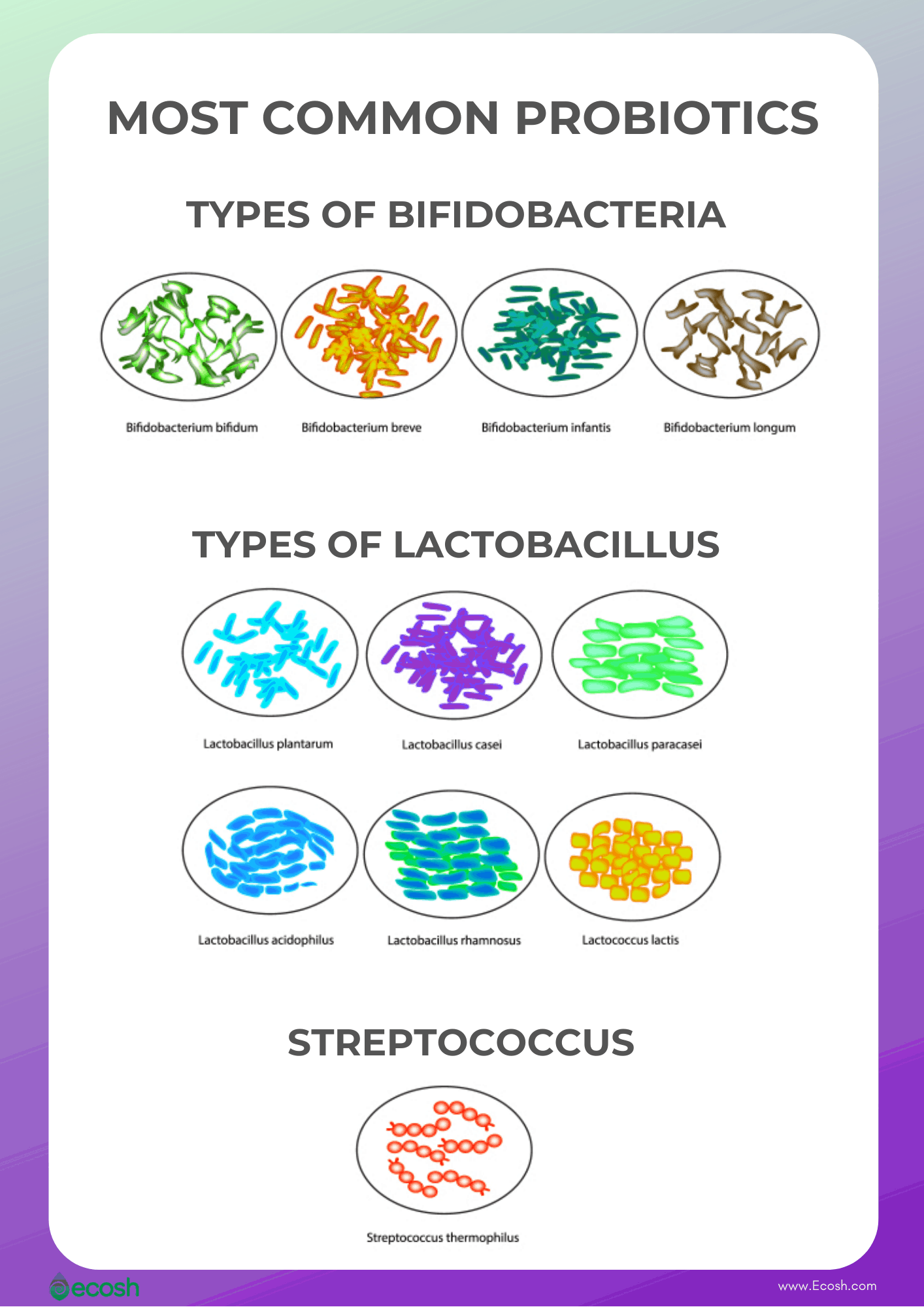
Streptococcus thermophilus
Streptococcus thermophilus is a very powerful strain of lactic acid bacteria that has also been extensively studied. This probiotic strain is located mainly in the colon and has a strong effect on the gastrointestinal tract, immune system and many other health-improving factors.
S. thermophilus is used in the production of cheese and yoghurt and it also produces lactase, which helps break down milk sugar (lactose). Streptococcus thermophilus also produces body-specific antibiotic chemicals that help prevent intestinal ulcers, pneumonia and antibiotic-induced C. Difficile.
Streptococcus thermophilus benefits:
- Improves digestion
- Reduces diarrhea after consumption of the antibiotics
- Decreases the symptoms of ulcerative colitis
- Reduces leaking bowel symptoms
- Breaks down lactose
- Reduces the symptoms of IBS
- Reduces acute diarrhea
- Boosts immunity
- Prevents and fights upper respiratory tract infections (eg pneumonia)
- Prevents ulcers caused by Helicobacter pylori
- Reduces the symptoms of AIDS
- Fights Clostridium difficile
- Improves the probiotic microflora of infants
- Reduces atopic dermatitis
- Reduces the risk of kidney stones
- Increases HDL cholesterol (good cholesterol)
- Increases the antitumor effect
- Reduces childhood colic
Probiotics Side Effects and Avoiding Dysbiosis (Microbial Imbalance)
The side effects of probiotics mean that good bacteria have started to work! However, the most common side effects that can sometimes occur can be
- Diarrhea
- Gas
- Bloating
- Rash
- Skin rash and acne
Assuming that the side effects of probiotics are relatively small and the symptoms do not last more than 14 days, there is reason to be joyful because of these side effects!
It’s because temporary reactions such as mild bloating, diarrhea or constipation indicate that harmful bacteria that can cause dysbiosis are being replaced by beneficial ones, waste products are excreted from the gut, and the intestinal environment is improved and healed.
It should also be remembered that although these side effects are unpleasant, they are much milder compared to many drug-related side effects.

Here are 3 ways to reduce the side effects of probiotics
Dose reduction
One way to reduce the side effects is to reduce the dose. Take one capsule instead of two until your body gets used to the new good bacteria. Once the body is used to it, you can increase the dose again. The overdose of probiotics can cause too rapid CFU in the gut, which means the number of viable bacteria or fungal cells in the sample.
Water consumption
Water should help reduce any side effects. Because all of these side effects, such as diarrhea, gas, bloating, seizures, rash, and wheezing, indicate that the body is low in water and is unable to clear the bowel and excrete waste products. Your body needs water to cleanse the body. Therefore, water is the best detoxifier.
Give your body time to adjust
Taking probiotics can kill a large number of bad bacteria by replacing them with useful ones. However, this can be quite a shock to the body. Therefore, just allow your body to get used to it for at least two weeks until the side effects go away. If the side effects do not go away, see a doctor.
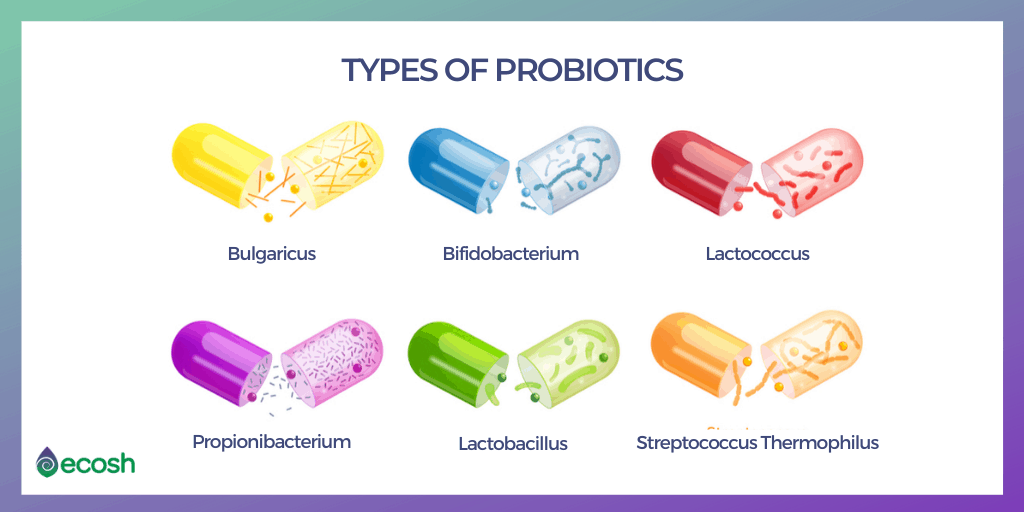
Probiotics, which ones to consume?
The intestinal microflora varies according to age and the health condition, so the need for probiotics may therefore differ. Hence, you should always read the labels of the product.
Maria-Helena Loik
Sources: Fda.gov/BiologicsBloodVaccines, Ncbi.nlm.nih.gov, Textbookofbacteriology.net, Gutmicrobiotaforhealth.com, Probiotics101.probacto.com, Wddty.com, Probiotics.org, Globalhealingcenter.com, Drdavidwilliams.com, Microbewiki.kenyon.edu, Sumobrain.com, Bmccancer.biomedcentral.com, Probioticsdb.com
Pictures: Pixabay.com, Pexels.com, Shutterstock.com
